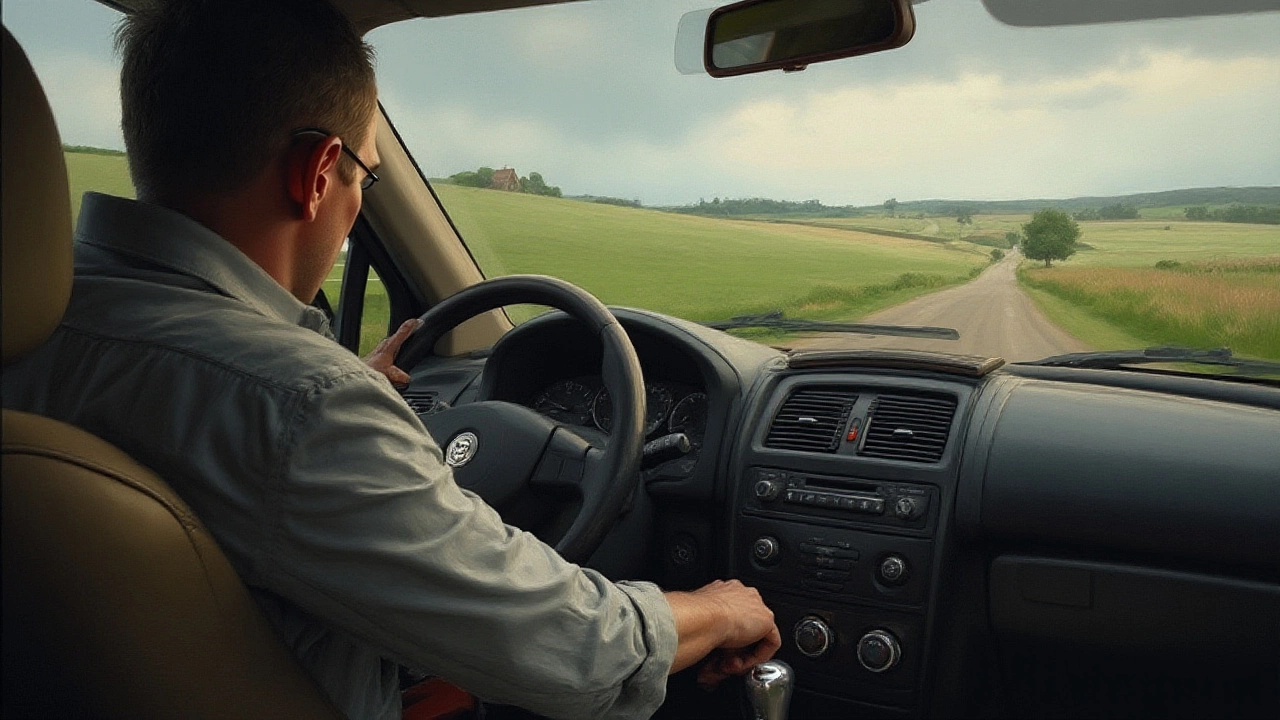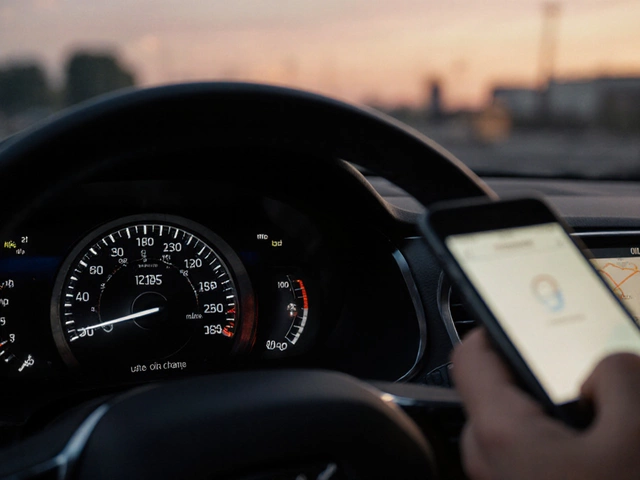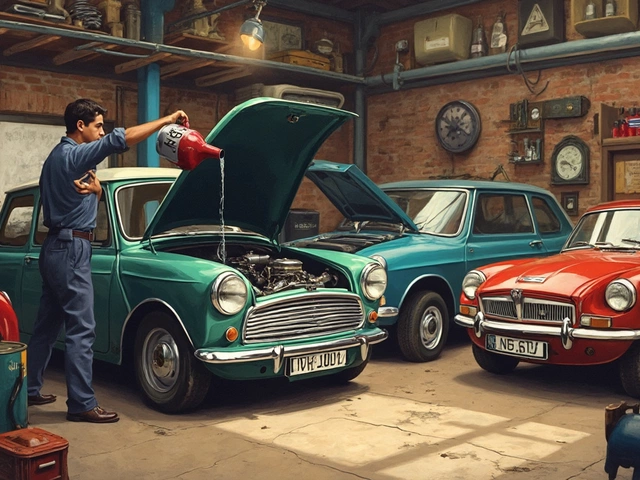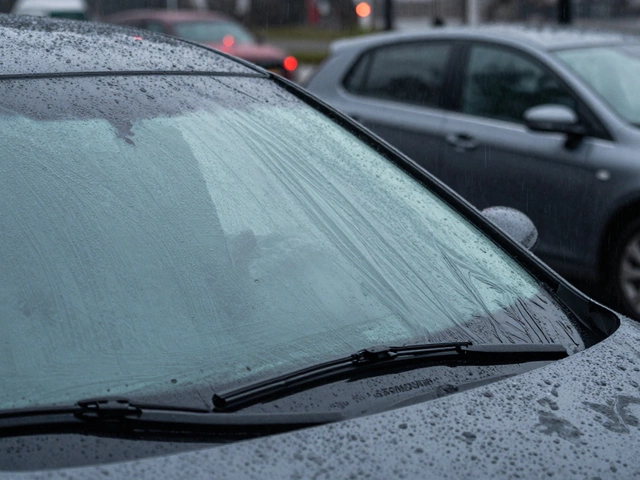Clutch Failure Symptoms – What They Look Like
If you drive a manual, the clutch is the link between the engine and the wheels. When it starts to go bad, it doesn’t just disappear quietly – you’ll feel, hear, or see something off. Spotting those clues early can save you a lot of money and keep the car safe on the road.
Common Signs Your Clutch Is Going Bad
Slipping clutch. You press the pedal, the engine revs, but the car doesn’t surge forward. It feels like the power is slipping away, especially on hills or when you try to accelerate quickly.
Hard or stiff pedal. A fresh clutch should have a smooth, light feel. If the pedal suddenly feels heavy, gritty, or you need a lot of force to push it down, the release bearing or pressure plate might be wearing out.
Sticky or spongy pedal. When you let go, the pedal should return to its top position quickly. If it lags, bounces, or feels mushy, you could have air in the hydraulic line or a failing master/slave cylinder.
Grinding noise. A harsh grinding sound when you shift gears usually means the clutch isn’t fully disengaging. It’s the gear teeth fighting each other, and it can damage the transmission if you keep driving.
Rising engine revs without speed gain. You’ll notice the tachometer climbing while the car stays put. This is the engine working harder because the clutch can’t transfer that power.
Gear‑changing trouble. If shifting into first or reverse feels rough, or the car pops out of gear, the clutch disc may be worn unevenly.
What to Do When You Notice a Problem
First, don’t ignore it. A failing clutch can quickly turn into a full‑blown transmission issue. Pull over safely, let the engine idle, and give the clutch a quick test: press the pedal, shift to neutral, release and see if the car rolls.
If the symptoms line up, book an inspection with a trusted garage. Explain exactly what you felt – slipping, grinding, stiff pedal – so the mechanic can zero in on the right components.
In many cases, a simple adjustment or hydraulic flush can fix a sticky pedal. More serious wear, like a burnt clutch disc, will need a replacement. A standard clutch kit includes the disc, pressure plate, release bearing, and sometimes a flywheel resurfacing.
Cost-wise, a basic replacement can run between £300‑£600, labour included. Prices climb if you need a high‑performance kit or additional parts. Ask the garage for a written estimate before work starts.
While you wait, avoid riding the clutch or using it to hold the car on hills. That just speeds up the wear. If you have to hill‑start, use the handbrake and release the clutch quickly.
Remember, regular clutch checks are part of good car maintenance. When you get a service, ask the technician to look at clutch wear and the hydraulic system. Catching a problem early often means a cheaper fix.
Bottom line: the clutch tells you when it’s in trouble through feel, sound, and performance. Learn those cues, act fast, and you’ll keep your manual running smooth without breaking the bank.
 2 August 2025
2 August 2025
Is It Safe to Drive With a Bad Clutch? Symptoms, Risks, and Real-World Advice
Wondering if you can keep driving when your clutch is shot? Understand the risks, what to expect, and how to handle emergencies with a failing clutch.
 30 July 2025
30 July 2025
How Long Does a Clutch Last After You Smell It Burn? Real-World Lifespan and Advice
Noticed that classic burning clutch smell? Learn how long your clutch might last after burning, what to watch for, and how to get the most miles before replacing.






0